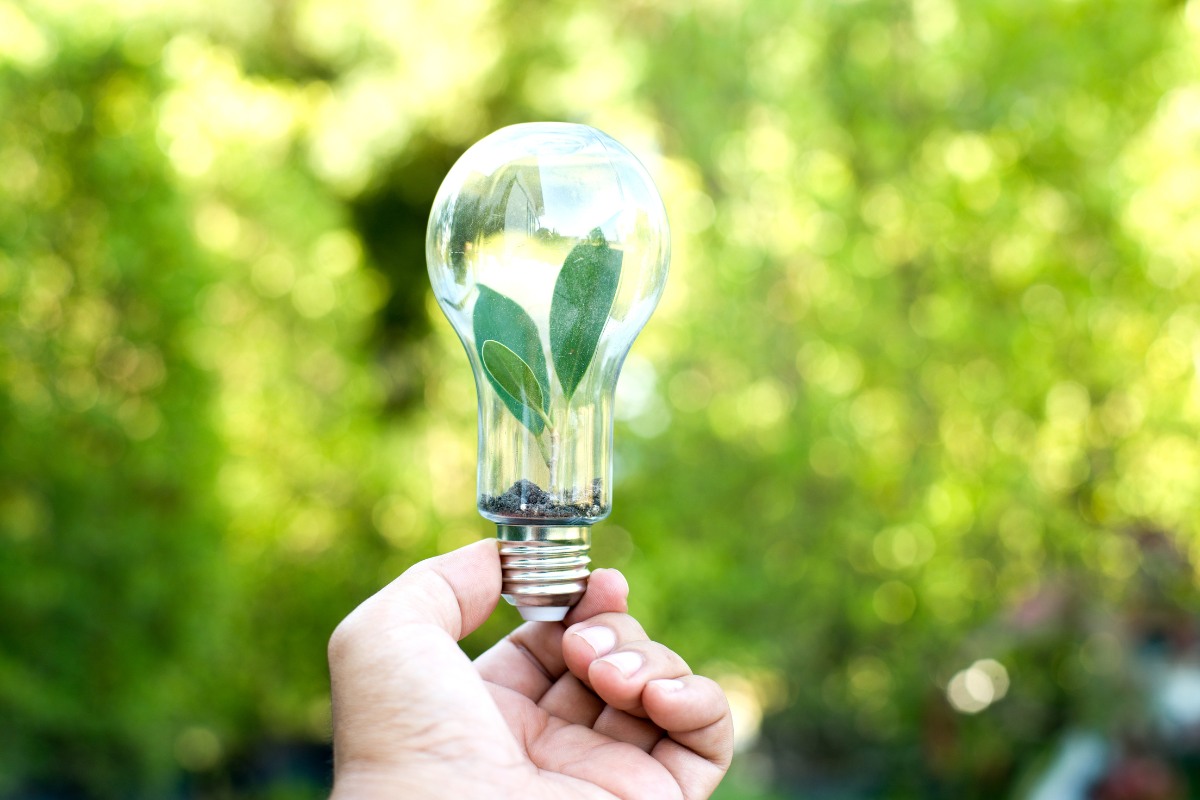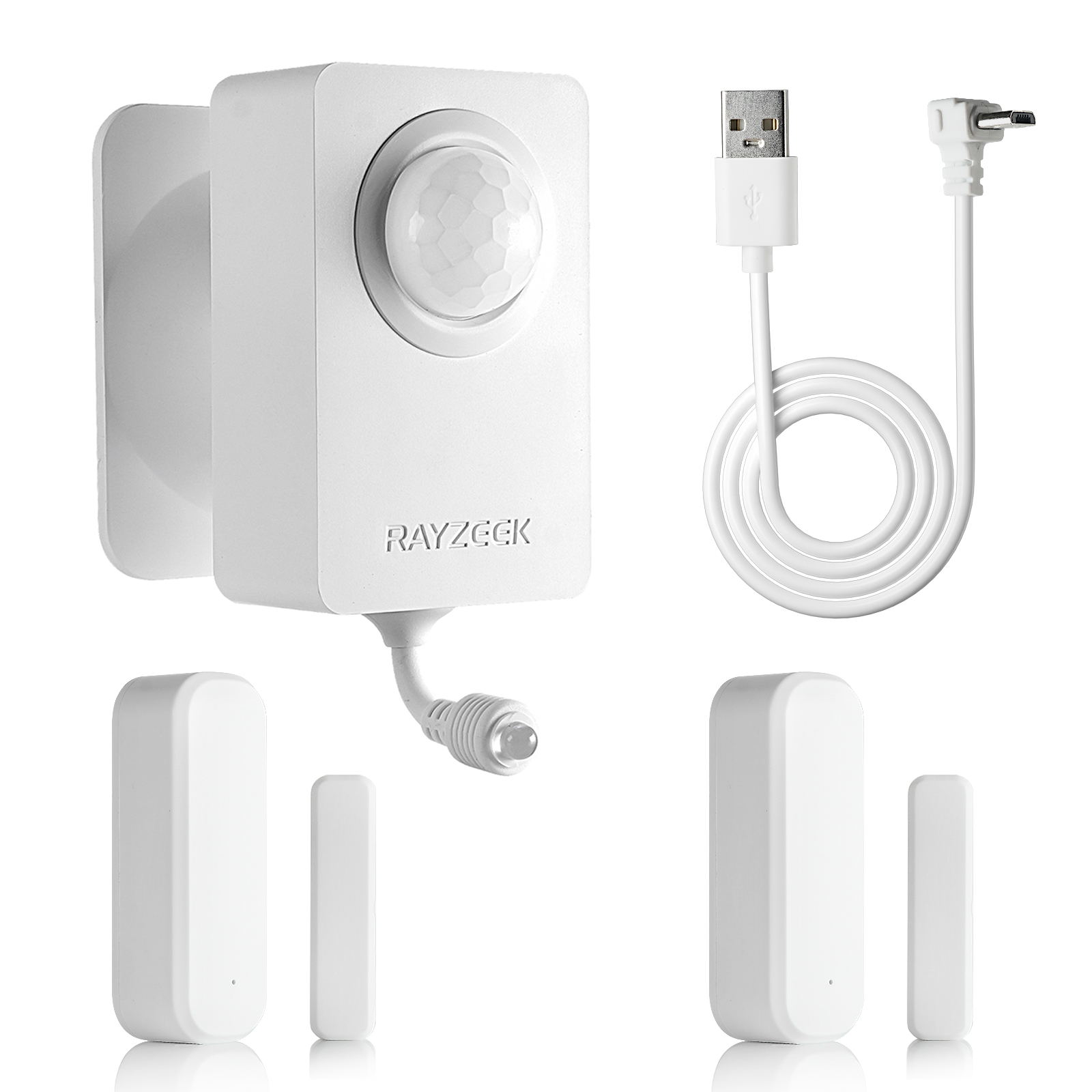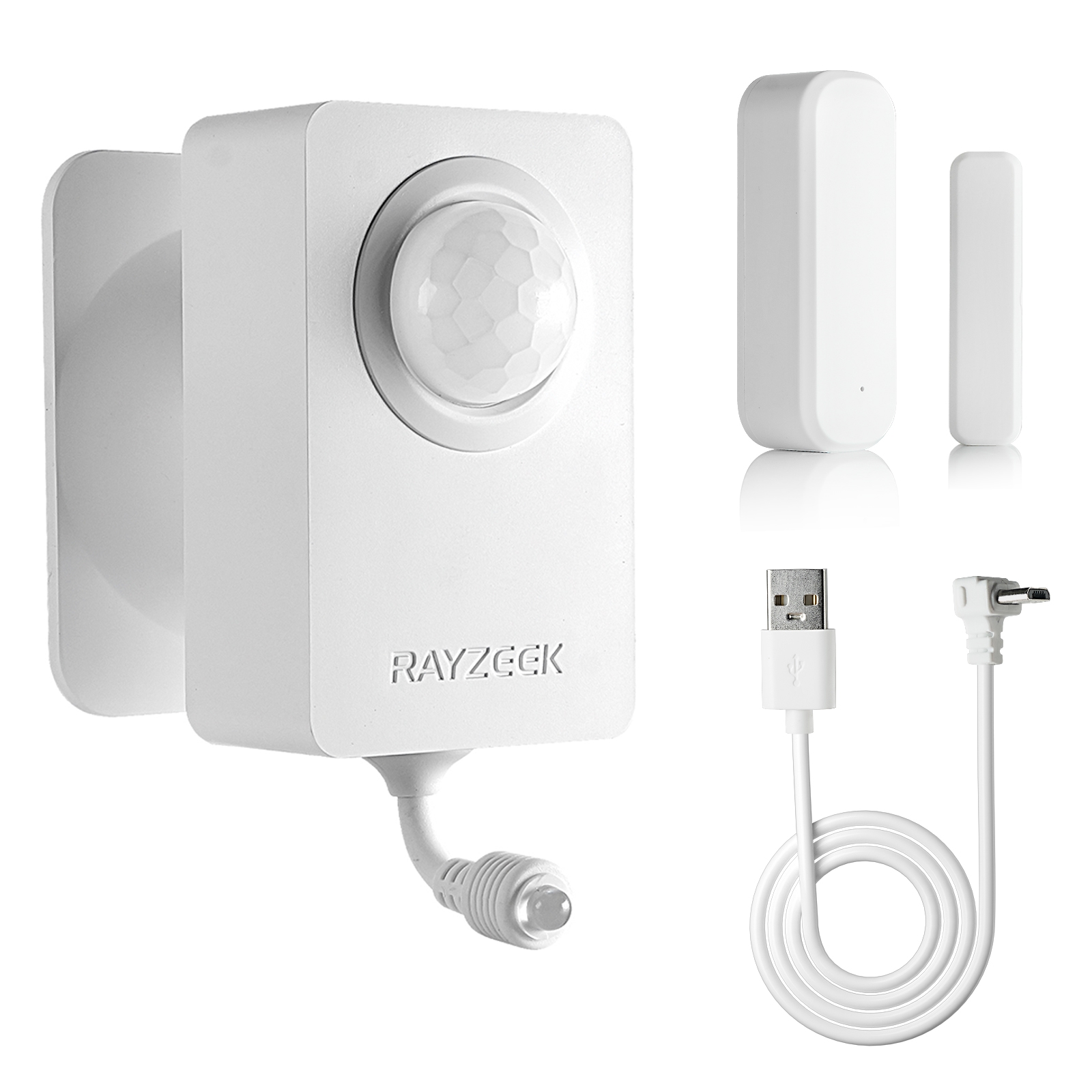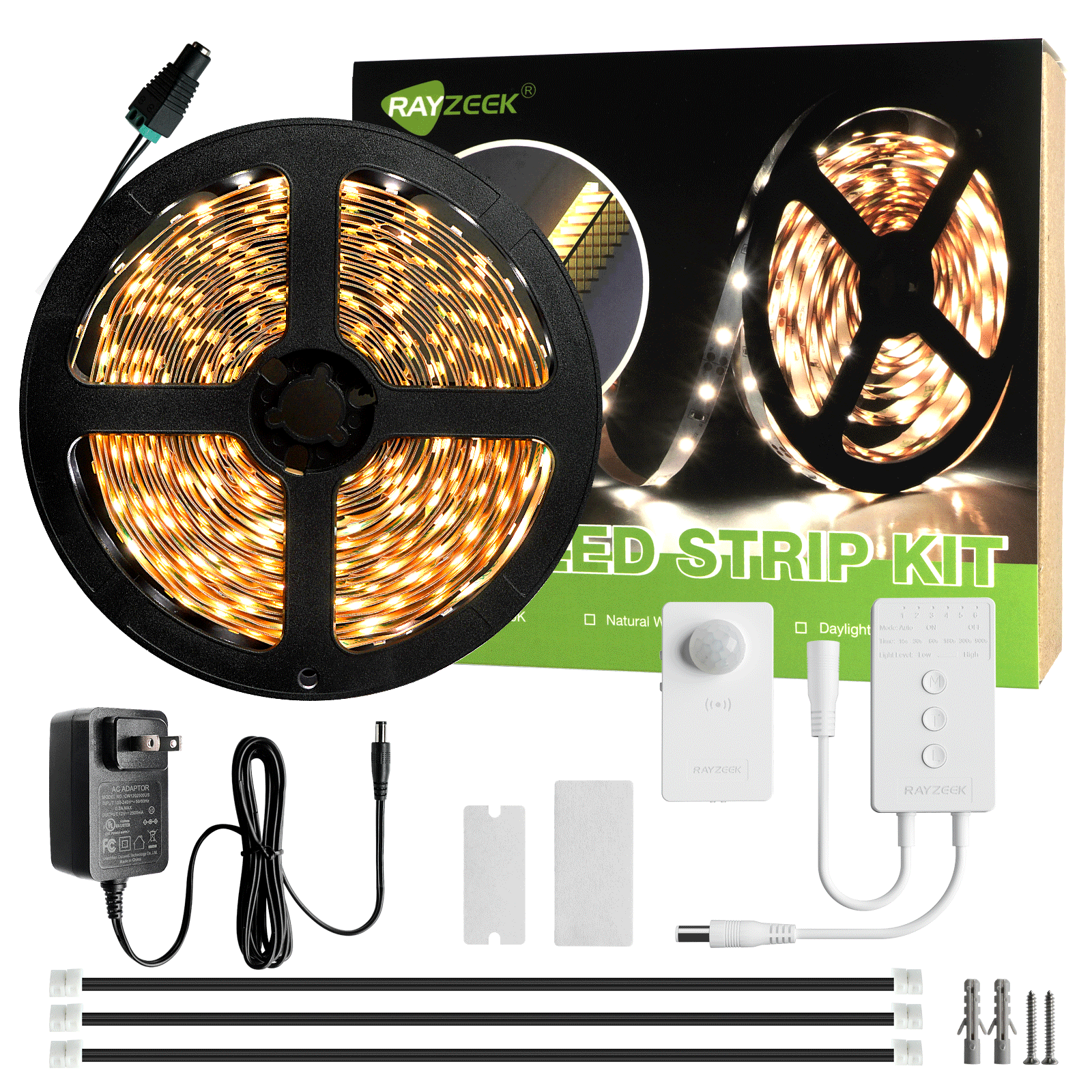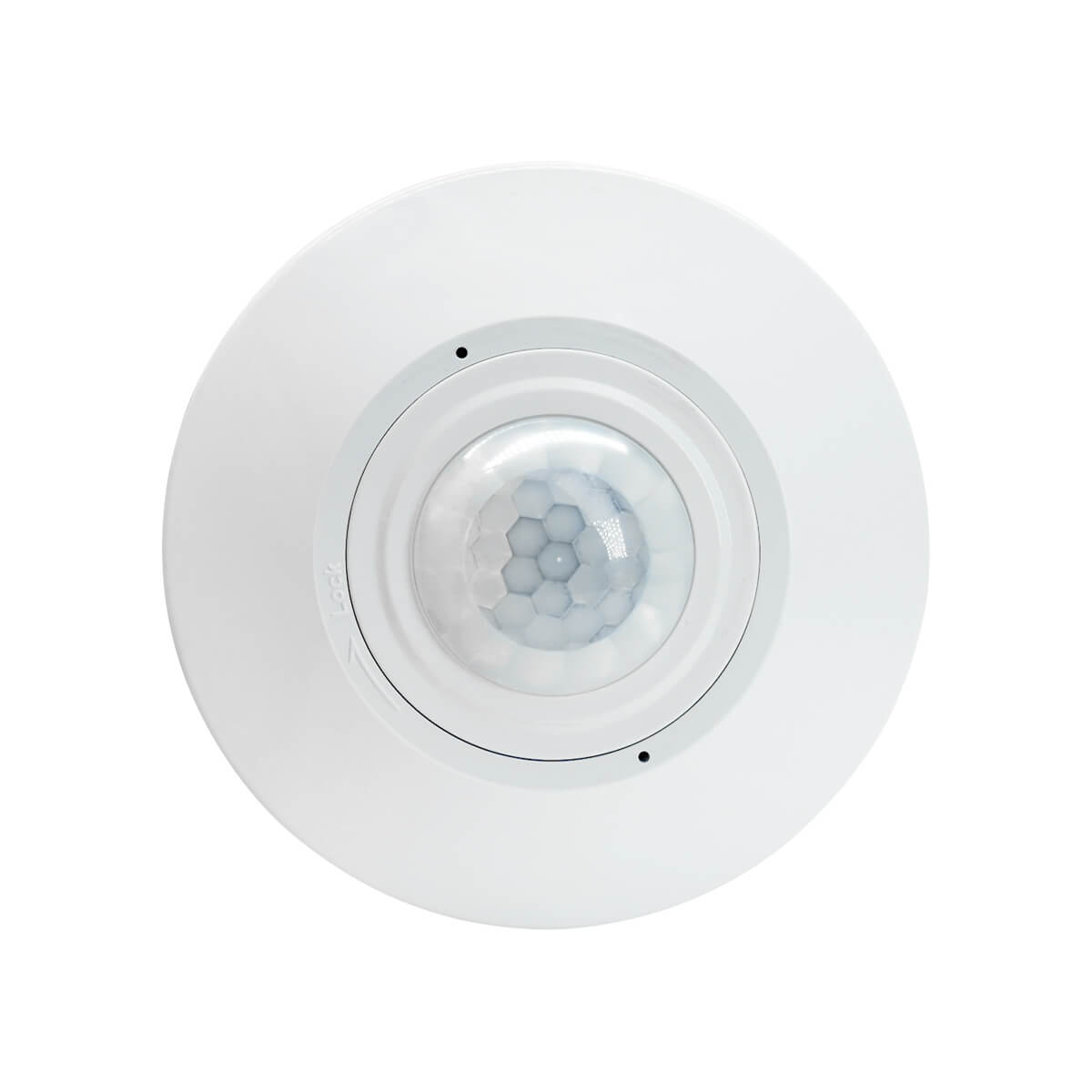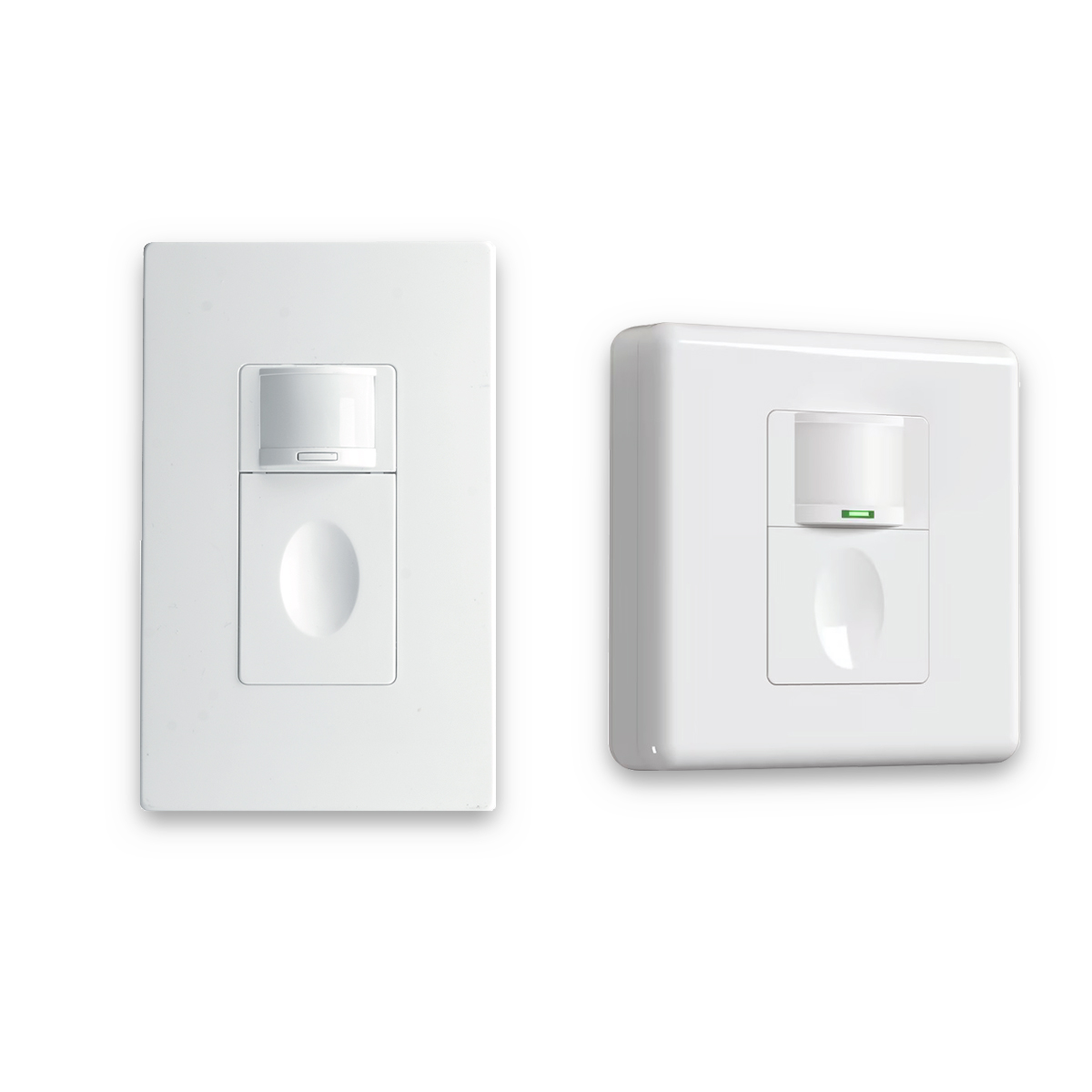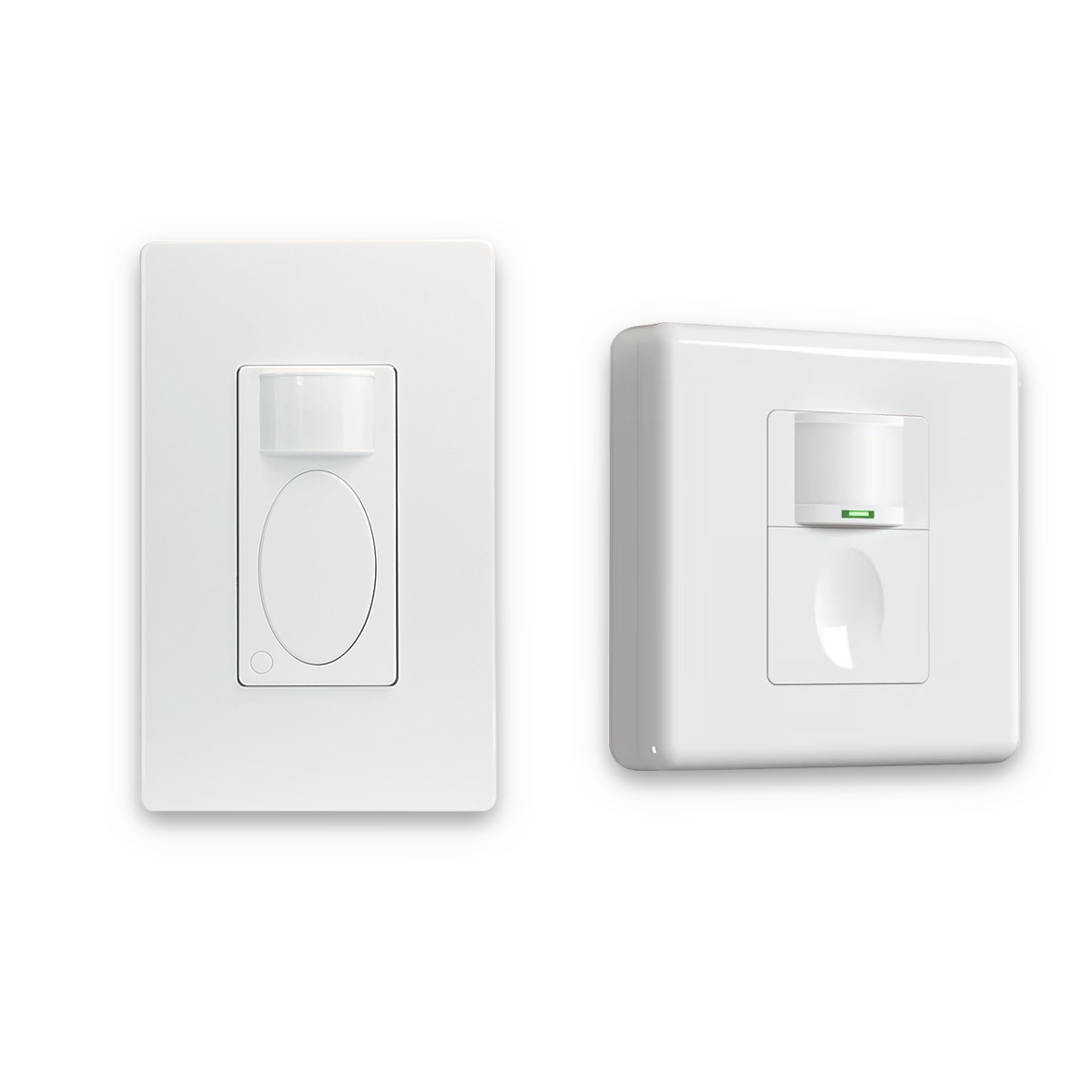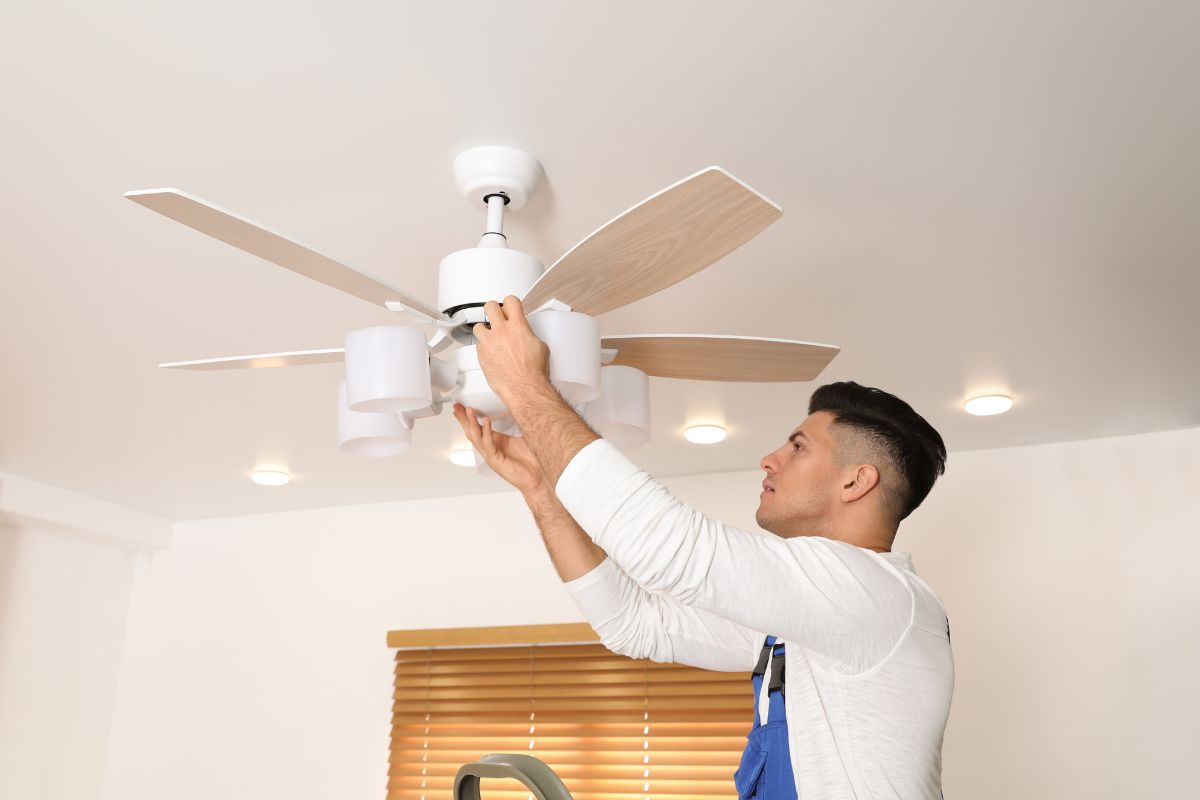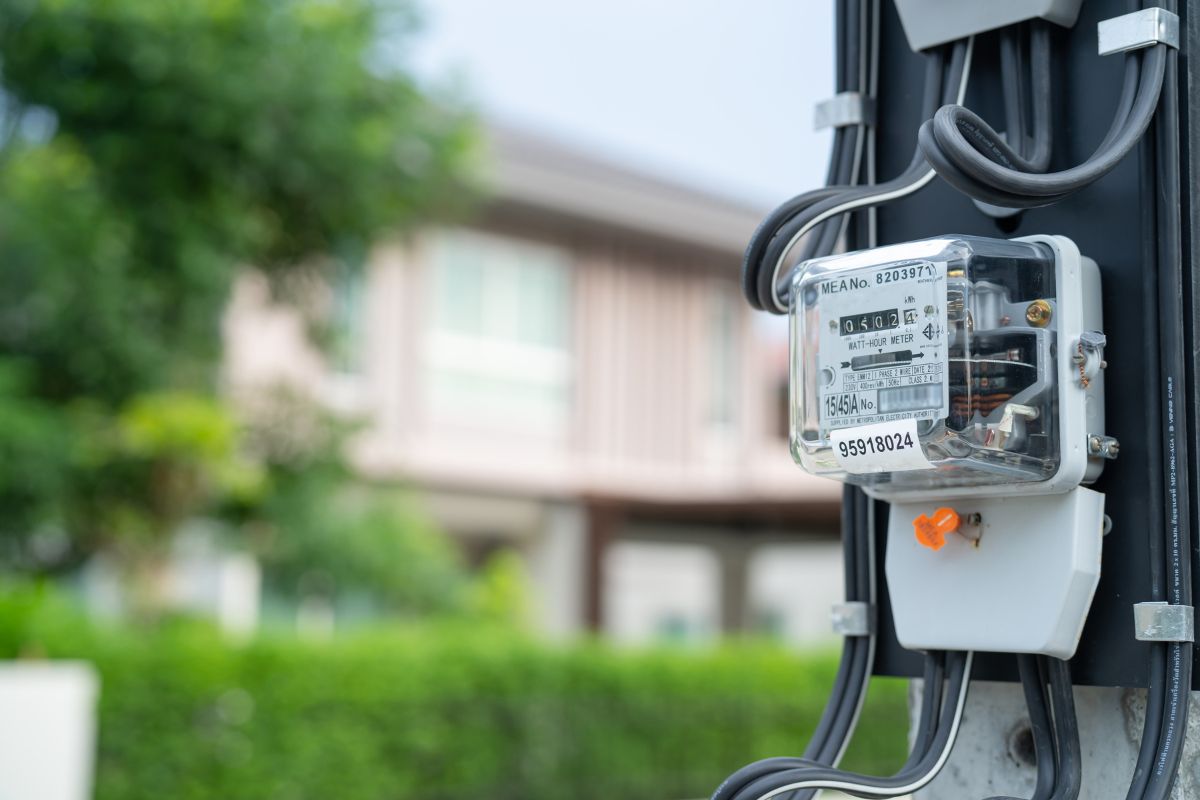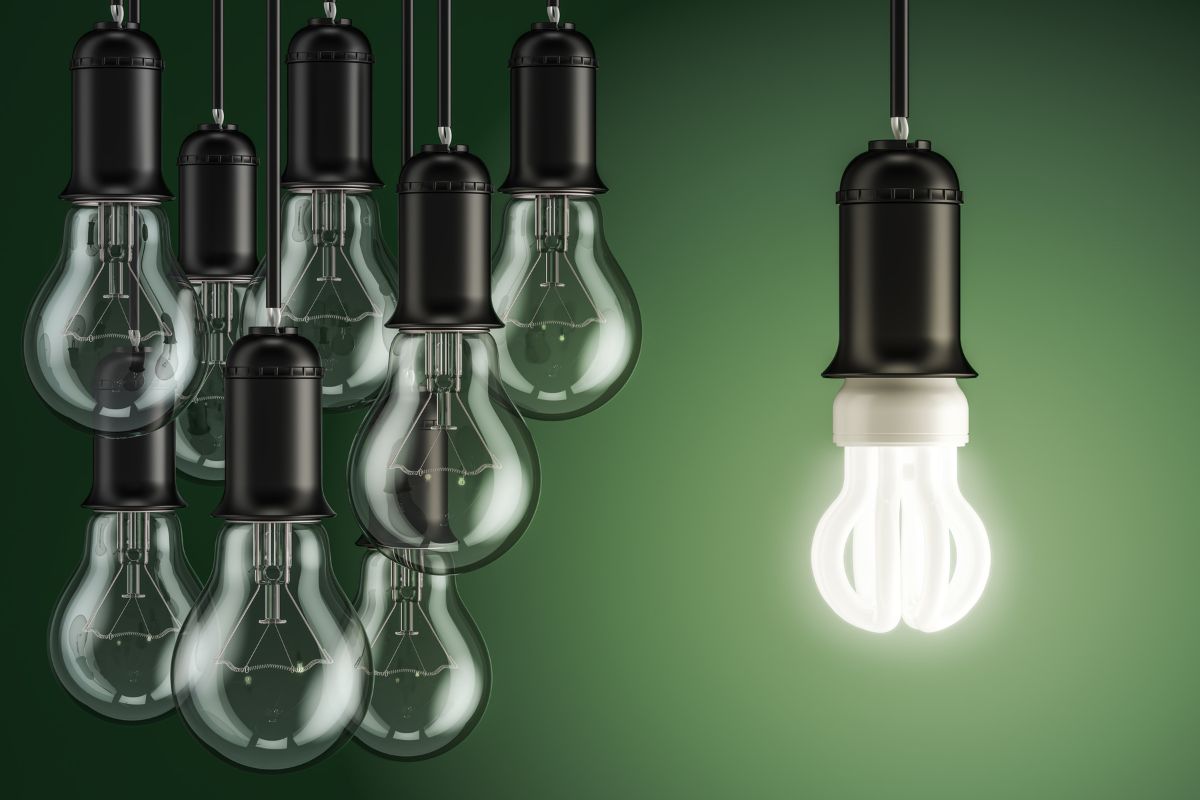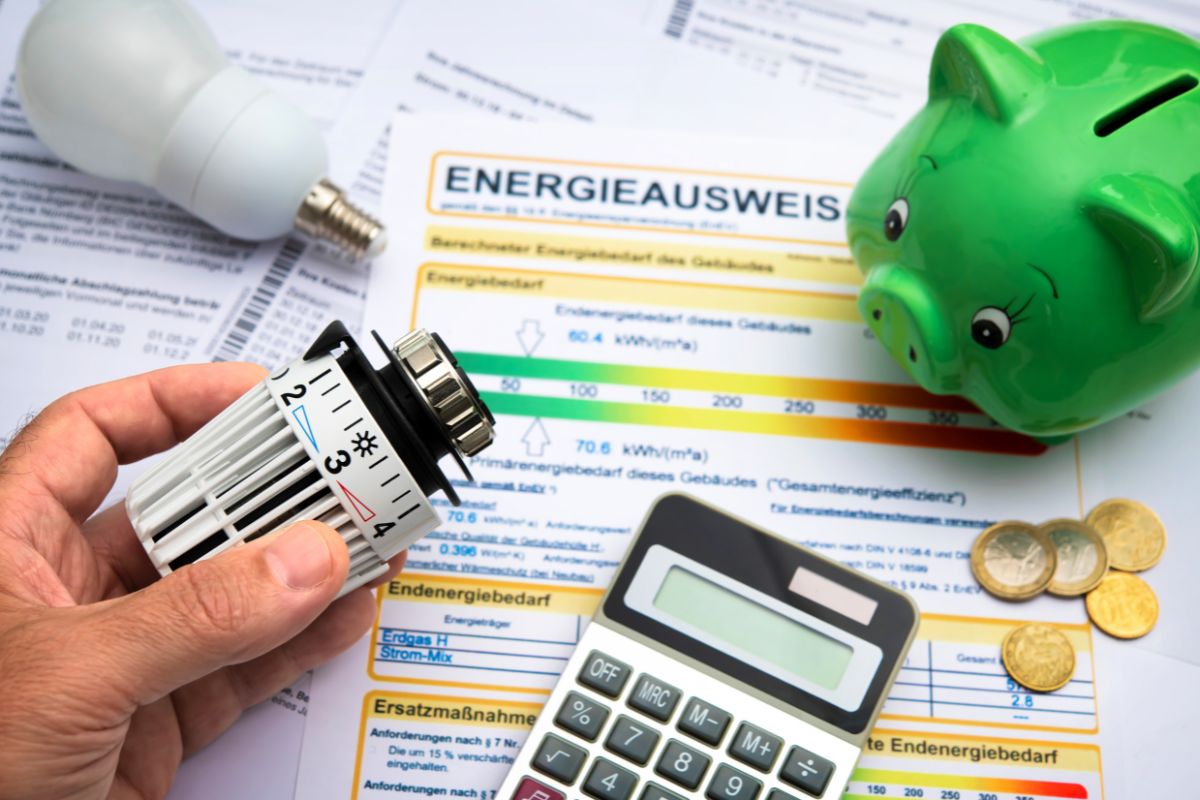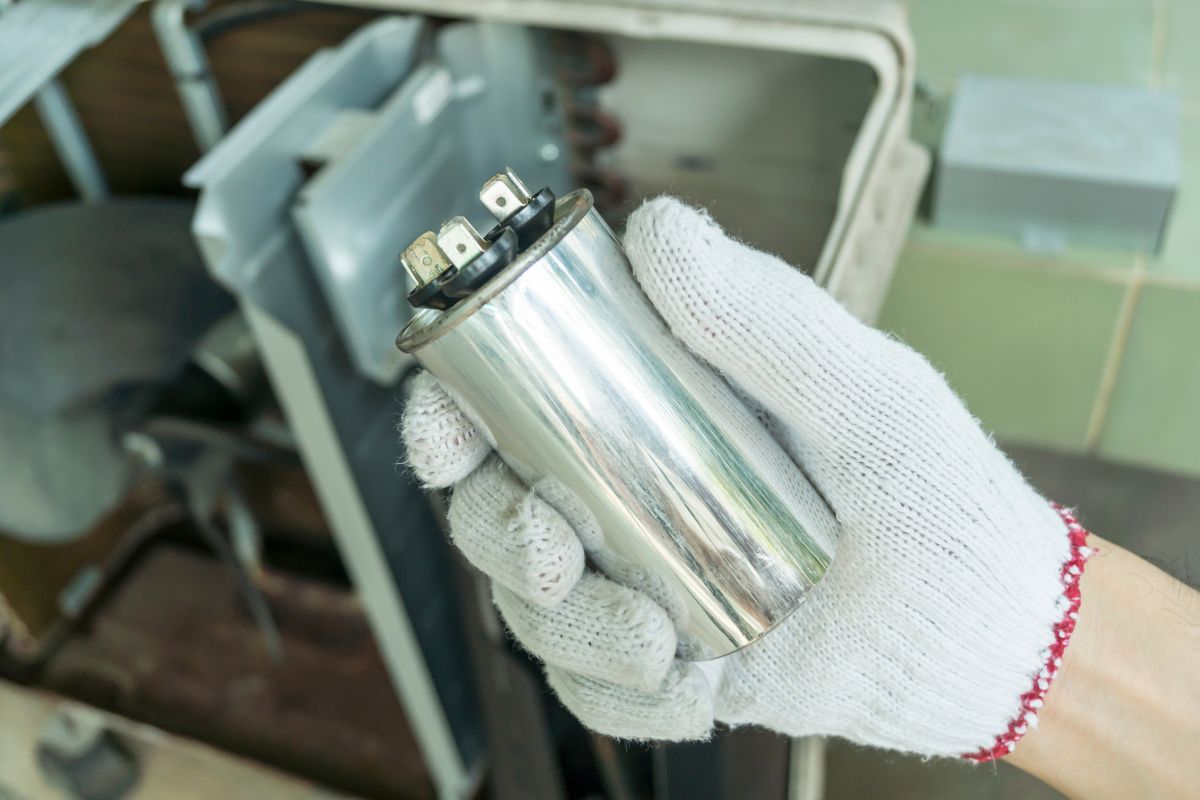בעידן של חששות סביבתיים גוברים, האם תהיתם אי פעם לגבי ההשפעה האמיתית של צריכת האנרגיה היומית שלכם? חשבו על כך: משק הבית האמריקאי הממוצע אחראי לכ-7.5 טון פליטות פחמן דו חמצני מדי שנה, בעיקר עקב שימוש באנרגיה. נתון מדהים זה מדגיש את התפקיד המכריע ששימור אנרגיה ממלא במאבק שלנו נגד שינויי האקלים וההידרדרות הסביבתית. ואכן, לפעולה הפשוטה של חיסכון באנרגיה בבתים שלנו ובחיי היומיום יכולות להיות השלכות מרחיקות לכת על בריאות כדור הארץ שלנו.
מדוע שימור אנרגיה ויעילות הם חיוניים
ההשפעה הסביבתית של דלקי מאובנים
מדוע דלקי מאובנים כל כך מזיקים לסביבה שלנו? התשובה טמונה בעצם טבעם ובתהליך הצריכה שלהם. דלקי מאובנים, במיוחד פחם, הם מקורות אנרגיה שאינם מתחדשים שנוצרו במשך מיליוני שנים משרידי צמחים ובעלי חיים. כאשר אנו שורפים דלקים אלה, אנו משחררים פחמן דו חמצני וגזי חממה אחרים לאטמוספירה בקצב העולה בהרבה על יכולתה של הטבע לספוג אותם מחדש.
פחם, המכונה לעתים קרובות דלק המאובנים ה"מלוכלך" ביותר, בעייתי במיוחד. לא רק שהוא משחרר כמויות משמעותיות של פחמן דו חמצני בעת שריפתו, אלא הוא גם מייצר מזהמים אחרים כגון גופרית דו חמצנית, תחמוצות חנקן וחומר חלקיקי. מזהמים אלה תורמים לגשם חומצי, ערפיח ובעיות בריאותיות שונות, כולל בעיות נשימה ומחלות לב.
יתר על כן, לכריית דלקי מאובנים עצמה יכולות להיות השלכות סביבתיות חמורות. פעולות כרייה, למשל, עלולות להוביל להרס בתי גידול, זיהום מים ושחיקת קרקע. דליפות נפט, בין אם מקידוח ימי או מתאונות תחבורה, עלולות להרוס מערכות אקולוגיות ימיות וקהילות חוף.
שימור אנרגיה כאסטרטגיה להפחתת שינויי אקלים
כיצד שימור אנרגיה עוזר במאבק נגד שינויי האקלים? הקשר ישיר ומשמעותי. כאשר אנו מצמצמים את צריכת האנרגיה שלנו, אנו מקטינים את הביקוש לייצור חשמל, אשר בתורו מוריד את כמות דלקי המאובנים שנשרפים. הפחתה זו בשריפת דלקי מאובנים מתורגמת ישירות לפחות פליטות גזי חממה המשוחררות לאטמוספירה.
חשבו על כך: אם כל משק בית אמריקאי יחליף רק נורת ליבון אחת בנורת LED חסכונית באנרגיה, האנרגיה שנחסכה תוכל להאיר 3 מיליון בתים למשך שנה ולמנוע פליטות גזי חממה השוות לאלה של כ-800,000 מכוניות. דוגמה זו ממחישה כיצד אפילו פעולות קטנות, כאשר הן מוכפלות על פני מיליוני משקי בית, יכולות להיות בעלות השפעה ניכרת.
יתר על כן, לאמצעי שימור אנרגיה ויעילות אנרגטית יש לעתים קרובות השפעה מצטברת. ככל שהביקוש לאנרגיה פוחת, יש פחות צורך בתחנות כוח חדשות ותשתיות אנרגיה, אשר בעצמן מהוות מקורות משמעותיים לפליטות במהלך הבנייה והתפעול. הפחתה זו בצרכי התשתית יכולה להוביל לשימור בתי גידול טבעיים שאחרת עלולים להיות מפונים עבור מתקני ייצור אנרגיה.
יתרונות רחבים יותר של יעילות אנרגטית
היתרונות הסביבתיים של שימור אנרגיה הם בעלי חשיבות עליונה, אך היתרונות חורגים הרבה מעבר להפחתת פליטות גזי חממה. לדוגמה, לבתים חסכוניים באנרגיה יש לעתים קרובות איכות אוויר טובה יותר בתוך הבית, מה שמוביל לשיפור בריאות הנשימה ולרווחה כללית עבור דייריהם. שיפור זה משמעותי במיוחד בהתחשב בכך שאנו מבלים כ-90% מזמננו בתוך הבית.
יתר על כן, שימור אנרגיה עוזר לשמר את משאבי הטבע המוגבלים שלנו עבור הדורות הבאים. על ידי שימוש בפחות אנרגיה, אנו מצמצמים את הקצב שבו אנו מדלדלים את עתודות דלקי המאובנים, ומעניקים לנו יותר זמן לעבור למקורות אנרגיה מתחדשים. אתיקה של שימור זו יכולה להתרחב גם למשאבים אחרים, כגון מים, אשר משמשים לעתים קרובות בכמויות גדולות לייצור אנרגיה.
לאמצעי יעילות אנרגטית יכולים להיות גם יתרונות כלכליים משמעותיים. בעלי בתים ועסקים המיישמים אסטרטגיות לחיסכון באנרגיה רואים לעתים קרובות הפחתות ניכרות בחשבונות החשמל שלהם. חיסכון זה ניתן להשקיע מחדש בכלכלה המקומית או להשתמש בו לצרכים חיוניים אחרים, ולתרום לרווחה כלכלית כוללת.
לבסוף, המרדף אחר יעילות אנרגטית מניע לעתים קרובות חדשנות בטכנולוגיה ובשיטות בנייה. חדשנות זו יכולה להוביל להזדמנויות עבודה חדשות בתחומים כגון בנייה ירוקה, אנרגיה מתחדשת ומערכות ניהול אנרגיה, ולתרום לכלכלה בת קיימא ועמידה יותר.
כיצד חיסכון באנרגיה מועיל ישירות לסביבה
הקשר בין שימוש באנרגיה והשפעה סביבתית
כיצד השימוש היומיומי שלנו באנרגיה מתורגם לנזק סביבתי? הקשר ישיר יותר ממה שאנשים רבים מבינים. בכל פעם שאנו מדליקים מתג אור, מפעילים את המזגן או משתמשים במכשיר חשמלי, אנו שואבים כוח שברוב המקרים מגיע משריפת דלקי מאובנים. תהליך זה משחרר גזי חממה לאטמוספירה, ותורם להתחממות כדור הארץ ולשינויי האקלים.
כדי להכניס זאת לפרופורציות, הבית האמריקאי הממוצע משתמש בכ-10,649 קילוואט-שעות (קוט"ש) של חשמל בשנה. אם חשמל זה מגיע מתחנות כוח המופעלות על ידי פחם, הוא גורם לפליטה של כ-7.5 טון מטרי של פחמן דו חמצני. זה שווה ערך לנסיעה במכונית במשך יותר מ-18,000 מיילים!
אבל זה לא רק פחמן דו חמצני. ייצור אנרגיה מוביל גם לפליטה של מזהמים אחרים כמו גופרית דו חמצנית ותחמוצות חנקן, התורמים לגשם חומצי וערפיח. יתר על כן, כרייה והובלה של דלקי מאובנים עלולות להוביל לדליפות נפט, הרס בתי גידול וזיהום מים.
יתרונות סביבתיים של שימור אנרגיה
אילו יתרונות סביבתיים ספציפיים אנו יכולים לצפות משימור אנרגיה? ההשפעות רחבות היקף ומשמעותיות. קודם כל, צמצום השימוש באנרגיה מתורגם ישירות לפחות פליטות גזי חממה. הפחתה זו מסייעת להאט את קצב התחממות כדור הארץ, אשר יש לה השלכות מרחיקות לכת על כדור הארץ שלנו.
לדוגמה, על ידי האטת התחממות כדור הארץ, אנו יכולים לעזור לשמר ערים חוף המאוימות על ידי עליית פני הים. אנו יכולים גם להגן על מערכות אקולוגיות שבירות כמו שוניות אלמוגים, הרגישות מאוד לשינויים בטמפרטורת המים. צמצום השימוש באנרגיה פירושו גם פחות זיהום אוויר, מה שמוביל לשיפור איכות האוויר ולהפחתת סיכונים בריאותיים ממחלות נשימה ומחלות לב וכלי דם.
אולי אתה מעוניין
גם איכות המים מרוויחה משימור אנרגיה. צורות רבות של ייצור אנרגיה, במיוחד תחנות כוח פחמיות וגרעיניות, דורשות כמויות עצומות של מים לקירור. על ידי צמצום הביקוש לאנרגיה, אנו יכולים לעזור לשמר את משאבי המים ולהגן על מערכות אקולוגיות מימיות.
קבל השראה מתיקי חיישני התנועה של Rayzeek.
לא מוצא את מה שאתה רוצה? אל תדאג. תמיד יש דרכים חלופיות לפתור את הבעיות שלך. אולי אחד מתיק העבודות שלנו יכול לעזור.
יתר על כן, שימור אנרגיה יכול לעזור להגן על המגוון הביולוגי. ככל שאנו מצמצמים את הצורך בתחנות כוח חדשות ותשתיות אנרגיה, אנו יכולים לשמר בתי גידול טבעיים שאחרת עלולים להיהרס. שימור זה חיוני לשמירה על האיזון העדין של המערכות האקולוגיות שלנו ולהגנה על מינים בסכנת הכחדה.
יעילות אנרגטית והפחתת שינויי אקלים
עד כמה יעילה יעילות אנרגטית ככלי להפחתת שינויי אקלים? על פי סוכנות האנרגיה הבינלאומית, שיפורים ביעילות אנרגטית יכולים להוות יותר מ-40% מהפחתות הפליטות הנדרשות כדי לעמוד ביעדי האקלים העולמיים.
יעילות אנרגטית חזקה במיוחד מכיוון שהיא מייצגת לעתים קרובות את ה"פרי הבשל" של הפחתת שינויי האקלים. טכנולוגיות רבות חסכוניות באנרגיה, מנורות LED ועד מבנים מבודדים היטב, כבר זמינות וחסכוניות. יישום פתרונות אלה יכול להוביל להפחתות מיידיות בשימוש באנרגיה ובפליטות גזי חממה.
יתר על כן, הכסף שנחסך באמצעות אמצעי יעילות אנרגטית מתורגם לעתים קרובות ישירות להפחתת פליטות. כאשר בעל בית חוסך בחשבון האנרגיה שלו על ידי שימוש במכשירים יעילים, זו אנרגיה שאין צורך לייצר, וכך, פליטות שאינן משתחררות לאטמוספירה.
ההשפעה של יעילות אנרגטית חורגת מעבר לפעולות אינדיבידואליות. כאשר עסקים ותעשיות מיישמים שיטות חסכוניות באנרגיה, היקף ההשפעה יכול להיות עצום. לדוגמה, אם המגזר התעשייתי בארה"ב ישפר את יעילות האנרגיה שלו ב-10% בלבד, הוא יוכל להפחית את פליטות גזי החממה השנתיות בכמות השווה להורדת 13 מיליון מכוניות מהכביש.
הבנת ההשפעה של גזי חממה על שינויי האקלים
גזי חממה: שחקנים מרכזיים בשינויי האקלים
גזי חממה הם קבוצה של תרכובות שיכולות לספוג ולפלוט אנרגיה קורנת בטווח התרמי האינפרא אדום, ובכך לוכדות חום באטמוספירה של כדור הארץ. בעוד שאפקט החממה הזה הוא טבעי והכרחי לחיים על פני כדור הארץ, פעילויות אנושיות הגדילו משמעותית את ריכוז הגזים הללו, מה שהוביל להתחממות גלובלית ולשינויי אקלים.
פחמן דו חמצני (CO2) הוא אולי גז החממה הידוע ביותר, האחראי לכ-65% מפליטות גזי החממה העולמיות. הוא משתחרר בעיקר באמצעות שריפת דלקים מאובנים כמו פחם, נפט וגז טבעי. עם זאת, הוא לא האשם היחיד. מתאן (CH4), המשתחרר ממטמנות, חקלאות (במיוחד גידול אורז) ומשק חי, הוא גז חממה משמעותי נוסף. למרות שהוא פחות שופע מ-CO2, מתאן חזק פי 25 בערך בלכידת חום לאורך תקופה של 100 שנה.
תחמוצת החנקן (N2O), בעיקר מפעילויות חקלאיות ותהליכים תעשייתיים, היא גז חממה חשוב נוסף. הוא אפילו חזק יותר ממתאן, עם פוטנציאל התחממות גלובלית הגדול פי 298 מזה של CO2 לאורך תקופה של 100 שנה. גזים מופלרים, למרות שהם פחות שופעים, יכולים להיות חזקים פי אלפי מ-CO2 ולהישאר באטמוספירה במשך אלפי שנים.
מקורות עיקריים לפליטות גזי חממה
מניין מגיעים גזי החממה הללו? פעילויות אנושיות הן המניע העיקרי לעלייה בריכוזים שאנו רואים כיום.
- ייצור חשמל וחום: מגזר זה אחראי לכ-25% מפליטות גזי החממה העולמיות. רוב ייצור החשמל עדיין מסתמך על שריפת דלקים מאובנים, בעיקר פחם וגז טבעי.
- תעשייה: תהליכים תעשייתיים ושימוש באנרגיה באתר תורמים כ-21% מהפליטות העולמיות. זה כולל פליטות מייצור חומרים כמו מלט ופלדה, כמו גם מתגובות כימיות הנחוצות לייצור מוצרים שונים.
- חקלאות, ייעור ושימושי קרקע אחרים: מגזר זה אחראי לכ-24% מהפליטות העולמיות. כריתת יערות, ייצור יבולים וניהול משק חי הם תורמים משמעותיים.
- תחבורה: שריפת דלקים מבוססי נפט עבור מכוניות, משאיות, ספינות, רכבות ומטוסים תורמת כ-14% מהפליטות העולמיות.
- מבנים: מבני מגורים ומסחר תורמים כ-6% מהפליטות העולמיות, בעיקר מייצור אנרגיה באתר ושריפת דלקים מאובנים לצורך חימום.
- אנרגיה אחרת: קטגוריה זו, הכוללת הפקת דלק, זיקוק, עיבוד ותחבורה, אחראית לכ-10% מהפליטות העולמיות.
מנגנון לכידת החום וההשלכות שלו
כיצד בדיוק גזי חממה לוכדים חום, ומהן ההשלכות של תהליך זה? כאשר אנרגיית השמש מגיעה לכדור הארץ, חלק ממנה מוחזר לחלל, אך רובה נספגת על ידי פני השטח והאטמוספירה של כדור הארץ. אנרגיה נספגת זו נפלטת מחדש כקרינת אינפרא אדום.
גזי חממה באטמוספירה יכולים לספוג קרינת אינפרא אדום זו ולפלוט אותה מחדש לכל הכיוונים. חלק מאנרגיה נפלטת מחדש זו חוזרת לכיוון פני השטח של כדור הארץ, ובכך לוכדת חום באטמוספירה התחתונה. תהליך זה הוא טבעי והכרחי - בלעדיו, כדור הארץ יהיה קר מדי כדי לקיים חיים כפי שאנו מכירים אותם.
עם זאת, ככל שאנו מגדילים את ריכוז גזי החממה באטמוספירה, אנו מגבירים את אפקט לכידת החום הזה. יותר חום נשמר באטמוספירה של כדור הארץ ופחות בורח לחלל. זה מוביל להתחממות הדרגתית של כדור הארץ, שאנו מכירים כהתחממות גלובלית.
ההשלכות של אפקט החממה המוגבר הזה הן מרחיקות לכת ועלולות להיות הרסניות. הם כוללים:
- עליית טמפרטורות גלובליות: הטמפרטורה הממוצעת של כדור הארץ עלתה בכ-1°C מאז התקופה הטרום-תעשייתית, כאשר רוב ההתחממות הזו התרחשה ב-40 השנים האחרונות.
- עליית פני הים: ככל שהמים מתחממים, הם מתרחבים. בשילוב עם קרחונים נמסים וקרחונים, זה מוביל לעליית פני הים, ומאיים על קהילות ומערכות אקולוגיות חופיות.
- אירועי מזג אוויר קיצוניים: שינויי האקלים מגבירים את התדירות והעוצמה של אירועי מזג אוויר קיצוניים כמו הוריקנים, גלי חום ובצורות.
- החמצת אוקיינוסים: ככל שהאוקיינוסים סופגים יותר CO2, הם הופכים לחומציים יותר, ומאיימים על מערכות אקולוגיות ימיות, במיוחד שוניות אלמוגים.
- אובדן מגוון ביולוגי: מינים רבים מתקשים להסתגל לאקלים המשתנה במהירות, מה שמוביל לאובדן בתי גידול ולהכחדות פוטנציאליות.
- השפעות חקלאיות: שינוי דפוסי מזג האוויר ואירועים קיצוניים יכולים להשפיע באופן משמעותי על תפוקת היבול וביטחון המזון.
דרכים מעשיות לחסוך באנרגיה בחיי היומיום
כיצד אנו, כיחידים, יכולים לתרום לחיסכון באנרגיה בחיי היומיום שלנו? החדשות הטובות הן שישנן דרכים רבות להפחית את צריכת האנרגיה שלנו, שרבות מהן פשוטות וחסכוניות.
מחפשים פתרונות לחיסכון באנרגיה המופעלים בתנועה?
פנו אלינו לקבלת חיישני תנועה מלאים PIR, מוצרים לחיסכון באנרגיה המופעלים בתנועה, מתגי חיישני תנועה ופתרונות מסחריים לתפוסה/פנויה.
הרגלים כלליים
- בצעו ביקורת אנרגיה ביתית: זהו צעד ראשון מצוין לזיהוי תחומים שבהם תוכלו לשפר את יעילות האנרגיה בביתכם. חברות שירות רבות מציעות ביקורות אנרגיה בחינם או בעלות נמוכה.
- כבו אורות ונתקו מכשירי חשמל: זה אולי נראה טריוויאלי, אבל כיבוי עקבי של אורות כשעוזבים חדר וניתוק מכשירי חשמל ומטענים כשאינם בשימוש יכולים להוביל לחיסכון משמעותי באנרגיה לאורך זמן.
- השתמשו בתחבורה ציבורית, אופניים או לכו ברגל: במידת האפשר, בחרו באמצעי תחבורה חסכוניים יותר באנרגיה אלה. לא רק שתחסכו באנרגיה, אלא גם תפחיתו את זיהום האוויר ועלולים לשפר את בריאותכם.
- כבו מכשירים: כבו טלוויזיות, רמקולים, קונסולות משחקי וידאו ומחשבים כשאינם בשימוש. גם במצב המתנה, מכשירים אלה צורכים אנרגיה.
תְאוּרָה
- עבור לנורות חסכוניות באנרגיה: החלף נורות ליבון בנורות פלואורסצנטיות קומפקטיות (CFL) או נורות LED. נוריות LED משתמשות בערך 75% פחות אנרגיה מנורות ליבון ומחזיקות מעמד פי 25 יותר.
- השתמש בנורות חכמות: ניתן לשלוט בהן מרחוק ולתכנת אותן לכיבוי כשאין צורך, ובכך להפחית עוד יותר את בזבוז האנרגיה.
- נצל אור טבעי: במידת האפשר, פתח וילונות ותריסים כדי לנצל את אור היום הטבעי במקום תאורה מלאכותית.
חימום וקירור
- שדרג לתרמוסטט חכם: מכשירים אלה יכולים ללמוד את לוח הזמנים וההעדפות שלך, ולכוונן אוטומטית את הגדרות הטמפרטורה לנוחות ויעילות מיטביים. הם יכולים להפחית את חשבונות החימום והקירור שלך בעד 15%.
- כסה חלונות באופן אסטרטגי: בקיץ, השתמש בתריסים או וילונות כדי לחסום חום במהלך היום. בחורף, פתח אותם כדי להכניס אור שמש מחמם.
- השתמש במאווררי תקרה: בימים מתונים, מאווררי תקרה יכולים לספק קירור מספיק בשבריר מעלות האנרגיה של מיזוג אוויר.
- שתול עצי צל: עצים הממוקמים באופן אסטרטגי יכולים לספק קירור טבעי לבית שלך בקיץ, ולהפחית את הצורך במיזוג אוויר.
- שדרג מערכות חימום וקירור: כאשר הגיע הזמן להחליף את מערכת ה-HVAC שלך, בחר דגם חסכוני באנרגיה. חפש את תווית ENERGY STAR עבור האפשרויות היעילות ביותר.
- התקן חלונות עם זיגוג כפול: אלה מספקים בידוד טוב יותר, ומפחיתים את איבוד החום בחורף ואת עליית החום בקיץ.
- אטום את הבית שלך: אטום דליפות אוויר סביב חלונות ודלתות כדי למנוע טיוטות ולשפר את יעילות האנרגיה של הבית שלך.
- תזמן תחזוקה שוטפת: דאג לנקות ולתחזק את מערכת ה-HVAC ותעלות האוויר שלך באופן קבוע כדי להבטיח שהן פועלות ביעילות שיא.
אבל מה אם תוכל לשפר עוד יותר את יעילות המזגן שלך, מבלי להחליף את כל המערכת שלך? הכירו את חיישן התנועה למזגן RZ050 – פתרון חכם לבעיה נפוצה: שכחת לכבות את המזגן.
מכשיר חדשני זה מכבה אוטומטית את המזגן שלך כשאתה עוזב את החדר, מונע בזבוז אנרגיה וחוסך לך כסף בחשבונות החשמל שלך. הוא תואם לרוב יחידות המזגן המפוצלות וקל מאוד להתקין אותו בעצמך.
חיישן תנועה של מזגן RZ050
כבה אוטומטית את המזגן שלך כשאתה עוזב את החדר וחסוך עד 50% בחשבונות החשמל.
- התקנת עשה זאת בעצמך קלה – פשוט הדבק או תקן אותה על הקיר.
- מצב לילה מבטיח שינה נוחה מבלי שהמזגן יכבה בטעות.
- הגדרות עיכוב זמן מתכווננות שיתאימו לאורח החיים שלך (15 דקות, 30 דקות, שעה, שעתיים).
RZ050 היא דרך פשוטה אך יעילה להשתלט על צריכת האנרגיה שלך ולתרום לכוכב ירוק יותר. על ידי הבטחה שהמזגן שלך פועל רק כשצריך, אתה לא רק חוסך כסף – אתה עושה בחירה מודעת להפחית את ההשפעה הסביבתית שלך.
שימוש במכשירים
- השתמש במכשירים קטנים יותר במידת האפשר: בחר בסיר בישול איטי, תנור טוסטר או מיקרוגל במקום תנור בגודל מלא בעת הכנת ארוחות קטנות יותר. מכשירים אלה משתמשים בפחות אנרגיה באופן משמעותי.
- החלף מכשירים מיושנים: כאשר הגיע הזמן להחליף מכשירים, בחר דגמים חסכוניים באנרגיה. חפש את תווית ENERGY STAR, המציינת מוצרים העומדים בהנחיות קפדניות ליעילות אנרגטית.
- תחזק את המכשירים שלך: נקה או החלף באופן קבוע מסנני אוויר במערכת ה-HVAC שלך ושמור על סלילי המקרר נקיים מאבק. תחזוקה זו עוזרת למכשירים לפעול בצורה יעילה יותר.
- השתמש בעומסים מלאים: הפעל את מדיח הכלים ומכונת הכביסה רק כאשר יש לך עומסים מלאים. זה ממקסם את יעילות האנרגיה של מכשירים אלה.
- התאם את ההרגלים שלך: שינויים פשוטים כמו הרתחת מים רק בכמות שאתה צריך, תליית כביסה לייבוש במקום שימוש במייבש כביסה וכביסת בגדים בטמפרטורות נמוכות יותר יכולים כולם לתרום לחיסכון באנרגיה.
שימור מים
- תקן נזילות מיד: ברז מטפטף יכול לבזבז גלונים של מים לאורך זמן. תיקון נזילות לא רק חוסך מים אלא גם את האנרגיה המשמשת לחימום.
- התקן אביזרי חיסכון במים: ראשי מקלחת בעלי זרימה נמוכה ומאווררי ברז יכולים להפחית משמעותית את השימוש במים מבלי להקריב ביצועים.
- התקלח מקלחות קצרות יותר: הפחתת זמן המקלחת אפילו בדקה או שתיים יכולה להוביל לחיסכון משמעותי במים ובאנרגיה לאורך זמן.
- השתמשו במים קרים לכביסה: רוב חומרי הניקוי המודרניים פועלים היטב במים קרים, מה שיכול לחסוך באנרגיה הדרושה לחימום מים לכביסת בגדים.
שימוש במכשירים והתקנים חסכוניים באנרגיה לצריכה מופחתת
כיצד נוכל למנף את הטכנולוגיה כדי לשפר את מאמצי שימור האנרגיה שלנו?
הבנת מכשירי חשמל ודירוגים חסכוניים באנרגיה
מכשירי חשמל חסכוניים באנרגיה נועדו להשתמש בפחות אנרגיה כדי לבצע את אותה פונקציה כמו עמיתיהם הסטנדרטיים. אבל איך נוכל לזהות אילו מכשירים הם באמת חסכוניים באנרגיה?
בארצות הברית, הסמכת החיסכון באנרגיה המוכרת ביותר היא תווית ENERGY STAR. מוצרים עם תווית זו עומדים בהנחיות קפדניות לחיסכון באנרגיה שנקבעו על ידי הסוכנות להגנת הסביבה של ארה"ב ומשרד האנרגיה. מוצרים אלה הם בדרך כלל 10-15% יעילים יותר מדגמים שאינם מוסמכים.
עבור מכשירי חשמל ספציפיים, ישנן מערכות דירוג מפורטות יותר:
- SEER (יחס יעילות אנרגטית עונתית): דירוג זה משמש למזגנים ומשאבות חום. ככל שדירוג ה-SEER גבוה יותר, כך היחידה חסכונית יותר באנרגיה. ליחידות מודרניות בעלות יעילות גבוהה יכולים להיות דירוגי SEER של 20 ומעלה, לעומת דגמים ישנים יותר שעשויים להיות בעלי דירוגים של 10 ומטה.
- AFUE (יעילות ניצול דלק שנתית): דירוג זה משמש לתנורים ודוודים. הוא מודד עד כמה המכשיר ממיר דלק לחום ביעילות במהלך שנה טיפוסית. לתנורים מודרניים בעלי יעילות גבוהה יכולים להיות דירוגי AFUE של 95% ומעלה, מה שאומר שהם ממירים 95% מהדלק שלהם לחום.
- EER (יחס יעילות אנרגטית): זה משמש למזגני חדרים. כמו SEER, EER גבוה יותר מצביע על יעילות טובה יותר.
יתרונות של מכשירי חשמל חסכוניים באנרגיה
מדוע עלינו לשקול להשקיע במכשירי חשמל חסכוניים באנרגיה? היתרונות הם רב-גוניים:
- צריכת אנרגיה מופחתת: זהו היתרון העיקרי. מכשירי חשמל חסכוניים באנרגיה משתמשים בפחות אנרגיה כדי לבצע את אותן משימות כמו דגמים סטנדרטיים. לדוגמה, מקרר מוסמך ENERGY STAR משתמש בכ-15% פחות אנרגיה מדגמים שאינם מוסמכים.
- חשבונות חשמל נמוכים יותר: מכיוון שמכשירים אלה צורכים פחות אנרגיה, הם יכולים להוביל לחיסכון ניכר בחשבונות החשמל לאורך זמן. בעוד שלדגמים חסכוניים באנרגיה עשויה להיות עלות התחלתית גבוהה יותר, החיסכון לטווח ארוך עולה לעתים קרובות על ההשקעה הראשונית הזו.
- הפחתת השפעה סביבתית: על ידי שימוש בפחות אנרגיה, מכשירים אלה עוזרים להפחית את פליטת גזי החממה ומזהמים אחרים הקשורים לייצור אנרגיה.
- ביצועים משופרים: מכשירי חשמל רבים חסכוניים באנרגיה לא רק משתמשים בפחות אנרגיה אלא גם מתפקדים טוב יותר מעמיתיהם הסטנדרטיים. לדוגמה, מכונות כביסה חסכוניות באנרגיה כוללות לרוב קיבולות גדולות יותר ומנקות בגדים בצורה יעילה יותר תוך שימוש בפחות מים ואנרגיה.
- שימור מים: מכשירי חשמל רבים חסכוניים באנרגיה, במיוחד מכונות כביסה ומדיחי כלים, נועדו גם להשתמש בפחות מים. יתרון כפול זה של חיסכון באנרגיה ובמים יכול להוביל ליתרונות סביבתיים גדולים עוד יותר ולחיסכון בעלויות.
- תכונות חכמות: מכשירי חשמל מודרניים רבים חסכוניים באנרגיה מגיעים עם תכונות חכמות המאפשרות שליטה וניטור טובים יותר של צריכת האנרגיה. לדוגמה, תרמוסטטים חכמים יכולים ללמוד את לוח הזמנים וההעדפות שלך, ולהתאים אוטומטית כדי לייעל את הנוחות והיעילות.
המלצות ספציפיות למכשירים
באילו מכשירים עלינו לתת עדיפות כאשר אנו שוקלים שדרוגים חסכוניים באנרגיה?
- מערכות HVAC: חימום וקירור מהווים חלק ניכר מצריכת האנרגיה הביתית. שדרוג למערכת HVAC בעלת יעילות גבוהה יכול להוביל לחיסכון משמעותי באנרגיה. חפש מערכות עם דירוגי SEER גבוהים למזגנים ומשאבות חום, ודירוגי AFUE גבוהים לתנורים.
- מקררים: כאחד מהמכשירים הבודדים שפועלים ברציפות, מקרר חסכוני באנרגיה יכול להוביל לחיסכון משמעותי. מקררים מוסמכי ENERGY STAR משתמשים בכ-15% פחות אנרגיה מדגמים שאינם מוסמכים.
- מכונות כביסה: מכונות כביסה מוסמכות ENERGY STAR משתמשות בכ-25% פחות אנרגיה ו-33% פחות מים מדגמים סטנדרטיים. מכונות טעינה קדמית יעילות יותר ממכונות טעינה עליונה.
- מדיחי כלים: מדיחי כלים מוסמכי ENERGY STAR חסכוניים יותר באנרגיה בכ-12% וחסכוניים יותר במים ב-30% מדגמים סטנדרטיים.
- מחממי מים: חימום מים יכול להוות חלק ניכר מצריכת האנרגיה הביתית. שקול לשדרג לדגם חסכוני באנרגיה, כגון מחמם מים משאבת חום, שיכול להיות יעיל פי 2-3 יותר ממחממי מים חשמליים קונבנציונליים.
- תאורה: למרות שבדרך כלל לא נחשבת ל"מכשיר", תאורה יכולה להוות עד 15% מצריכת החשמל של הבית. נורות LED משתמשות בעד 90% פחות אנרגיה מנורות ליבון מסורתיות ויכולות להחזיק מעמד עד פי 25 יותר.
זכור, המכשיר החסכוני ביותר באנרגיה הוא זה שמתאים לגודל הצרכים שלך. מזגן או מקרר גדולים מדי יבזבזו אנרגיה, לא משנה כמה הם יעילים. כשאתה קונה מכשירי חשמל חדשים, שקול גם את דירוגי החיסכון באנרגיה וגם את הגודל המתאים למשק הבית שלך.

